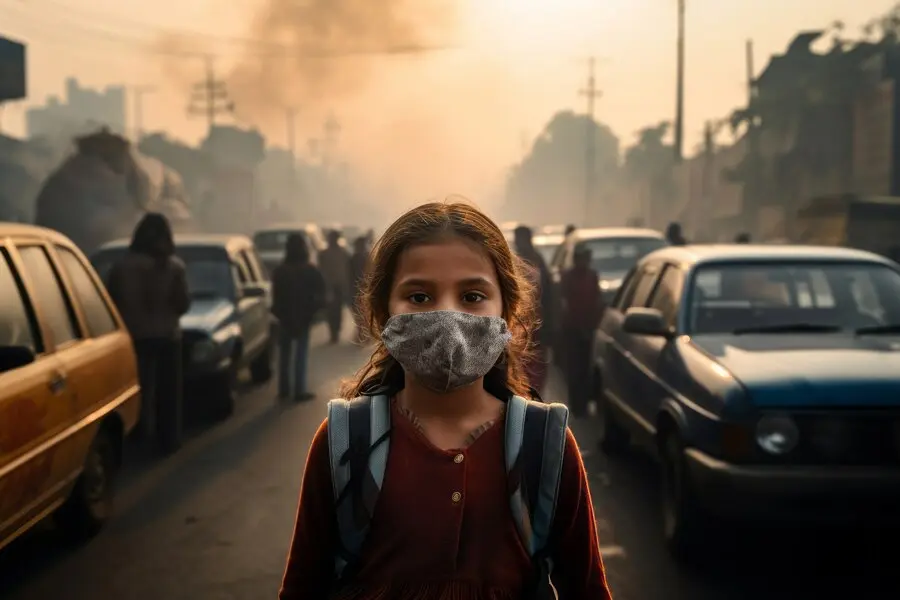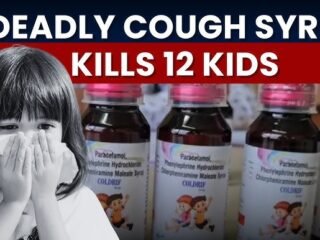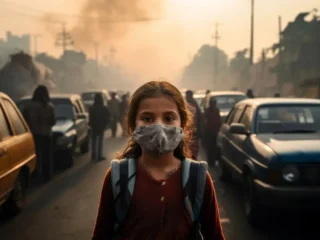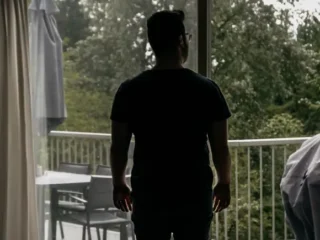New Delhi, 19 October, 2025: As the festive season begins and winter approaches, Delhi has once again woken up to a thick blanket of smog. The air quality has dipped into the “Poor” category, sparking concerns among health experts and citizens alike.
This rise in pollution isn’t just a seasonal inconvenience—it’s a serious public health issue. Air that’s classified as “poor” can trigger breathing difficulties, aggravate existing conditions, and even impact healthy individuals if exposure continues.
What Does “Poor” Air Quality Really Mean?
The Air Quality Index (AQI) is a scale used to communicate how polluted the air currently is. An AQI between 201–300 is labeled “Poor”, and this level can have significant effects on health, especially for vulnerable groups.
You may not feel it instantly, but the air at this level carries a higher concentration of fine particulate matter (PM2.5 and PM10)—microscopic particles that can enter your lungs and even reach your bloodstream.
Who Is Most at Risk?
While everyone is affected by poor air quality to some degree, certain groups are especially vulnerable:
- Children, whose lungs are still developing
- Elderly individuals with weakened immunity
- People with respiratory conditions like asthma, bronchitis, or COPD
- Heart patients, as pollution adds stress to the cardiovascular system
- Pregnant women, due to increased risks to both mother and fetus
Even healthy adults may experience discomfort such as coughing, dry throat, and difficulty breathing during prolonged exposure.
A Pulmonologist’s Warning
Health experts caution that we should not normalize breathing in polluted air. Exposure—even for a few hours a day—can lead to:
- Inflammation in the lungs
- Worsening of chronic respiratory issues
- Increased chances of hospital admissions for asthma or cardiac events
- Long-term risks of stroke, hypertension, and even neurological disorders
With the Diwali season approaching, there’s additional concern about how fireworks may further degrade air quality, especially for those already at risk.
What’s Causing the Spike in Pollution?
There are several contributors to Delhi’s deteriorating air quality:
- Seasonal Weather Patterns: Cooler temperatures and low wind speeds trap pollutants closer to the ground, preventing them from dispersing.
- Vehicular Emissions: Cars, buses, and trucks release harmful gases and fine particles that linger in the atmosphere.
- Construction and Dust: Large-scale construction activity generates dust and debris that adds to PM levels.
- Crop Burning: Agricultural residue burning in nearby states significantly raises particulate matter in the air.
- Firecrackers: With Diwali approaching, the use of firecrackers often leads to a dangerous spike in pollution levels.
Immediate Steps You Can Take to Protect Yourself
Even though we can’t control the air outside, we can take steps to reduce personal exposure. Here’s how to protect yourself and your loved ones:
1. Limit Outdoor Activity
Avoid going outside during early morning and late evening hours when pollution levels are at their peak. If you must go out, try to limit your exposure to 30 minutes or less.
2. Wear a Mask
Use a certified N95 or N99 mask when stepping outdoors. Regular cloth or surgical masks do not filter out harmful particles effectively.
3. Keep Indoors Clean
Shut windows during high pollution hours. Use exhaust fans while cooking, and avoid lighting candles or incense that contribute to indoor pollution.
4. Use Air Purifiers
Invest in a good-quality air purifier for your home, especially in bedrooms. This helps ensure you breathe cleaner air for at least 6–8 hours each night.
5. Stay Hydrated and Eat Right
Drinking plenty of water helps flush out toxins. A diet rich in vitamin C, omega-3s, and antioxidants can help protect your lungs from inflammation and oxidative stress.
6. Monitor AQI Levels
Use apps or websites to check the AQI in your area daily. If it crosses into the “Very Poor” or “Severe” range, take extra precautions or consider relocating temporarily if possible.
Special Advice for People with Pre-existing Conditions
If you have asthma, bronchitis, or other respiratory issues, follow these tips:
- Keep rescue inhalers or medications nearby
- Use steam inhalation or saline sprays to clear nasal passages
- Avoid vigorous physical activities outdoors
- Consult your doctor if symptoms worsen—even slightly
For heart patients, it’s crucial to monitor blood pressure and stay alert for symptoms like chest tightness or unusual fatigue.
What Can Be Done at a Community Level?
While individual action is crucial, long-term relief will come only through collective and policy-driven measures. These may include:
- Stricter enforcement of vehicle emissions and construction dust control
- Public awareness campaigns to discourage firecracker use
- Promotion of public transportation and carpooling
- Encouraging green spaces and tree plantation to act as natural filters
- Better agricultural practices to reduce the need for stubble burning
Until these systemic changes take hold, the public will need to remain vigilant and proactive during pollution spikes.
When Will Things Improve?
Typically, Delhi’s air quality worsens between October and January, due to weather patterns and increased emissions from festive activities and crop burning. Conditions tend to improve gradually as temperatures rise and wind speed increases in late January or February.
Until then, expect intermittent smog, and keep your personal safety measures in place.
The air you breathe has a direct impact on your overall health. In cities like Delhi, where seasonal pollution becomes an annual crisis, it’s easy to become desensitized to smoggy mornings and hazy skies.
But we cannot afford to ignore it.
Whether you’re stepping out for a quick errand or sending your children to school, be aware, be prepared, and take steps to reduce exposure. Clean air is a basic human right—but until it becomes a reality, protecting your lungs starts with the choices you make each day.






